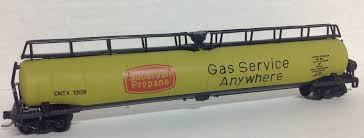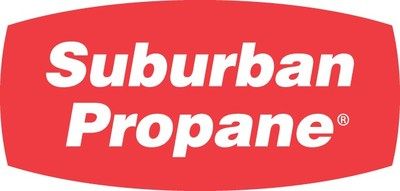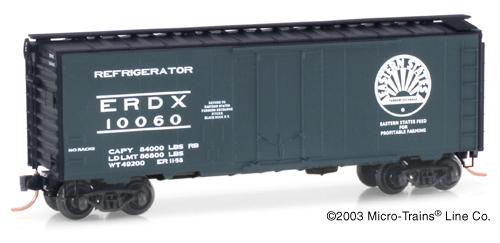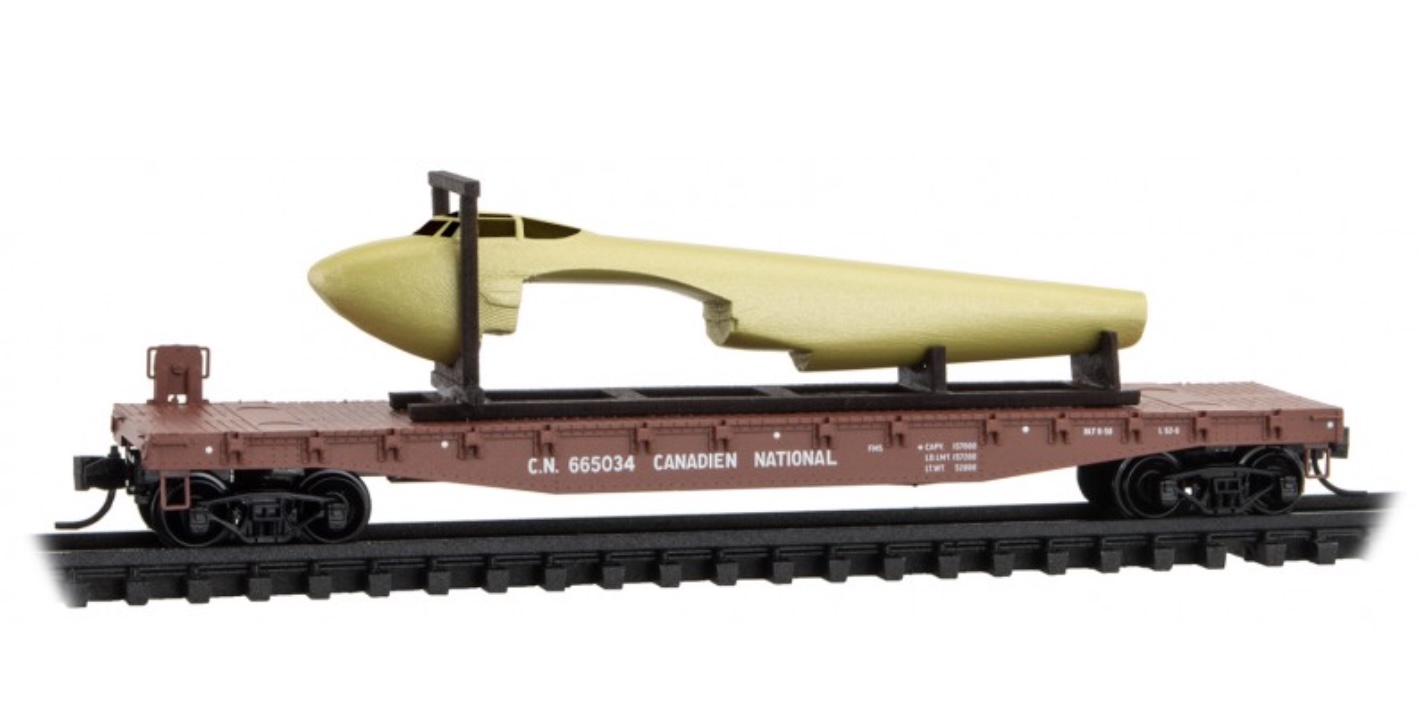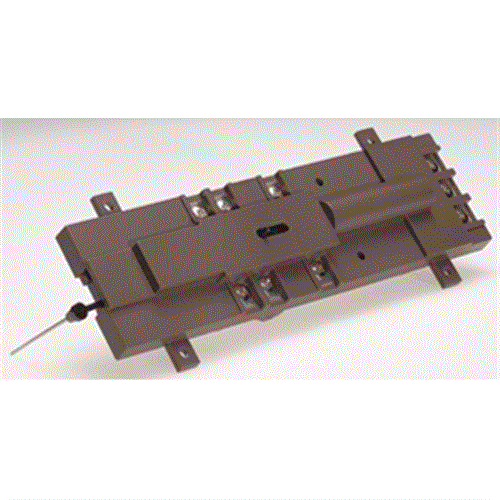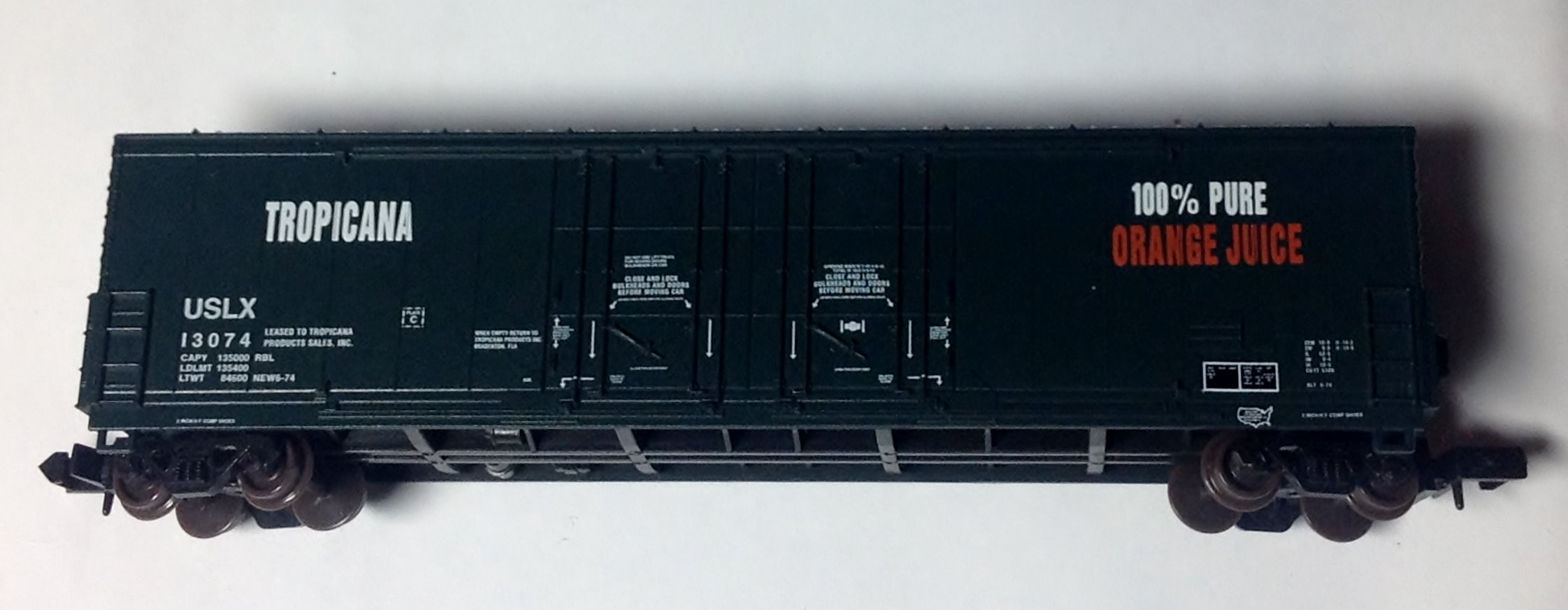Atlas - 2347 - Tank Car, 33K, LPG - Suburban Propane - 1309
Click to see the details
market
Click to see the details
history
Click to see the details
collector
| Stock Number | 2347 |
| Original Retail Price | $2.50 |
| Brand | Atlas |
| Manufacturer | Roco |
| Body Style | Roco Tank Car 33K Gal LPG |
| Prototype | Tank Car, 33K, LPG |
| Road or Company Name | Suburban Propane (Details) |
| Reporting Marks | CNTX |
| Road or Reporting Number | 1309 |
| Paint Color(s) | Dark Yellow |
| Coupler Type | Rapido Hook |
| Wheel Type | Nickel-Silver Plated Metal |
| Wheel Profile | Deep Flange |
| Release Date | 1967-01-01 |
| Item Category | Rolling Stock (Freight) |
| Model Type | Tank Car |
| Model Subtype | 33K |
| Model Variety | LPG |
Specific Item Information:
Two Variations exist: with and without logo
Model Information:
This body style was manufactured by Roco in Austria. It was first imported by Trix of Germany under the Minitrix brand name. It has appeared as far back as the 1970 Minitrix catalog. It was also imported by the Aurora plastics company under the Postage Stamp Trains brand. This model was also imported by Atlas (in prototypical paint schemes - unlike the Minitrix versions) for their 1st generation releases. This body models one of the long Liquid Petroleum Gas (LPG) cars used in the 1950s onward to carry LPG on routes where no pipelines are present.
Road Name History:
In 1928, Mark and Adele Anton left Newark, N.J., to build a home in nearby West Orange. During the construction, Mrs. Anton discovered there were no gas lines near her new house in the country. She had learned to cook with gas, and the idea of using a kerosene or electric range simply didn’t appeal to her. But soon her problem was solved. Mark Anton realized that others moving to the developing suburbs might enjoy having the same convenience, so he ordered more equipment from Rock Gas and installed several more systems in the neighborhood. The Suburban Gas Company was born.
Today Suburban Propane is a lean, flexible company dedicated to creating value. A publicly traded Master Limited Partnership (NYSE:SPH) since 1996, Suburban serves approximately 1.2 million residential, commercial, industrial and agricultural customers through more than 675 locations in 41 states.
Today Suburban Propane is a lean, flexible company dedicated to creating value. A publicly traded Master Limited Partnership (NYSE:SPH) since 1996, Suburban serves approximately 1.2 million residential, commercial, industrial and agricultural customers through more than 675 locations in 41 states.
Brand/Importer Information:
In 1924 Stephan Schaffan, Sr. founded the Atlas Tool Company in Newark, New Jersey. In 1933 his son, Stephan Schaffan, Jr., came to work for his father at the age of sixteen. Steve Jr. built model airplanes as a hobby and frequented a local hobby shop. Being an enterprising young man, he would often ask the owner if there was anything he could do to earn some extra spending money. Tired of listening to his requests, the hobby-store owner threw some model railroad track parts his way and said, "Here, see if you can improve on this".
In those days, railroad modelers had to assemble and build everything from scratch. Steve Jr. created a "switch kit" which sold so well, that the entire family worked on them in the basement at night, while doing business as usual in the machine shop during the day.
Subsequently, Steve Jr. engineered the stapling of rail to fiber track, along with inventing the first practical rail joiner and pre-assembled turnouts and flexible track. All of these products, and more, helped to popularize model railroading and assisted in the creation of a mass-market hobby. The budding entrepreneur quickly outgrew the limitations of a basement and small garage operation. Realizing they could actually make a living selling track and related products, Steve and his father had the first factory built in Hillside, New Jersey at 413 Florence Avenue in 1947. On September 30, 1949, the Atlas Tool Company was officially incorporated as a New Jersey company.
In 1985, Steve was honored posthumously for his inventions by the Model Railroad Industry Association and was inducted into the Model Railroad Industry Hall of Fame in Baltimore, Maryland. In addition, Steve was nominated and entered into the National Model Railroad Association Pioneers of Model Railroading in 1995.
In the early 1990s, the Atlas Tool Company changed its name to Atlas Model Railroad Company, Inc.
In those days, railroad modelers had to assemble and build everything from scratch. Steve Jr. created a "switch kit" which sold so well, that the entire family worked on them in the basement at night, while doing business as usual in the machine shop during the day.
Subsequently, Steve Jr. engineered the stapling of rail to fiber track, along with inventing the first practical rail joiner and pre-assembled turnouts and flexible track. All of these products, and more, helped to popularize model railroading and assisted in the creation of a mass-market hobby. The budding entrepreneur quickly outgrew the limitations of a basement and small garage operation. Realizing they could actually make a living selling track and related products, Steve and his father had the first factory built in Hillside, New Jersey at 413 Florence Avenue in 1947. On September 30, 1949, the Atlas Tool Company was officially incorporated as a New Jersey company.
In 1985, Steve was honored posthumously for his inventions by the Model Railroad Industry Association and was inducted into the Model Railroad Industry Hall of Fame in Baltimore, Maryland. In addition, Steve was nominated and entered into the National Model Railroad Association Pioneers of Model Railroading in 1995.
In the early 1990s, the Atlas Tool Company changed its name to Atlas Model Railroad Company, Inc.
Manufacturer Information:
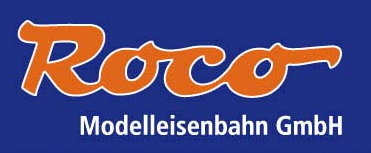 The company was founded in 1960 by Ing. Heinz Rössler and started with a plastic Minitanks series of military vehicles. After export to the USA became successful, the model line was expanded with model trains in HO scale and the smaller N scale. TT scale was also subsequently added to the product line. The model rail product line covers many European countries including Germany, Belgium, Luxembourg, France, Spain, Austria, Italy, Switzerland, Sweden and the Netherlands, and also the USA.
The company was founded in 1960 by Ing. Heinz Rössler and started with a plastic Minitanks series of military vehicles. After export to the USA became successful, the model line was expanded with model trains in HO scale and the smaller N scale. TT scale was also subsequently added to the product line. The model rail product line covers many European countries including Germany, Belgium, Luxembourg, France, Spain, Austria, Italy, Switzerland, Sweden and the Netherlands, and also the USA.
On July 15, 2005 ROCO Modellspielwaren GmbH was declared bankrupt. From July 25 the company continues as Modelleisenbahn GmbH, but still uses the Roco brand and associated logo. On October 1, 2007, distribution of the 'Minitank' product series was assigned to the German model car manufacturer Herpa.
Since February 2008 Modelleisenbahn also owns Fleischmann, which like Roco had gone bankrupt. The two companies continue as separate brands under Modelleisenbahn GmbH, while benefiting from economies of scale through joined development projects, marketing and procurement.
From Wikipedia

On July 15, 2005 ROCO Modellspielwaren GmbH was declared bankrupt. From July 25 the company continues as Modelleisenbahn GmbH, but still uses the Roco brand and associated logo. On October 1, 2007, distribution of the 'Minitank' product series was assigned to the German model car manufacturer Herpa.
Since February 2008 Modelleisenbahn also owns Fleischmann, which like Roco had gone bankrupt. The two companies continue as separate brands under Modelleisenbahn GmbH, while benefiting from economies of scale through joined development projects, marketing and procurement.
From Wikipedia
Item created by: gdm
on 2016-03-04 16:18:55
Last edited by: CNW400 on 2020-05-28 11:58:59
If you see errors or missing data in this entry, please feel free to log in and edit it. Anyone with a Gmail account can log in instantly.
Last edited by: CNW400 on 2020-05-28 11:58:59
If you see errors or missing data in this entry, please feel free to log in and edit it. Anyone with a Gmail account can log in instantly.


